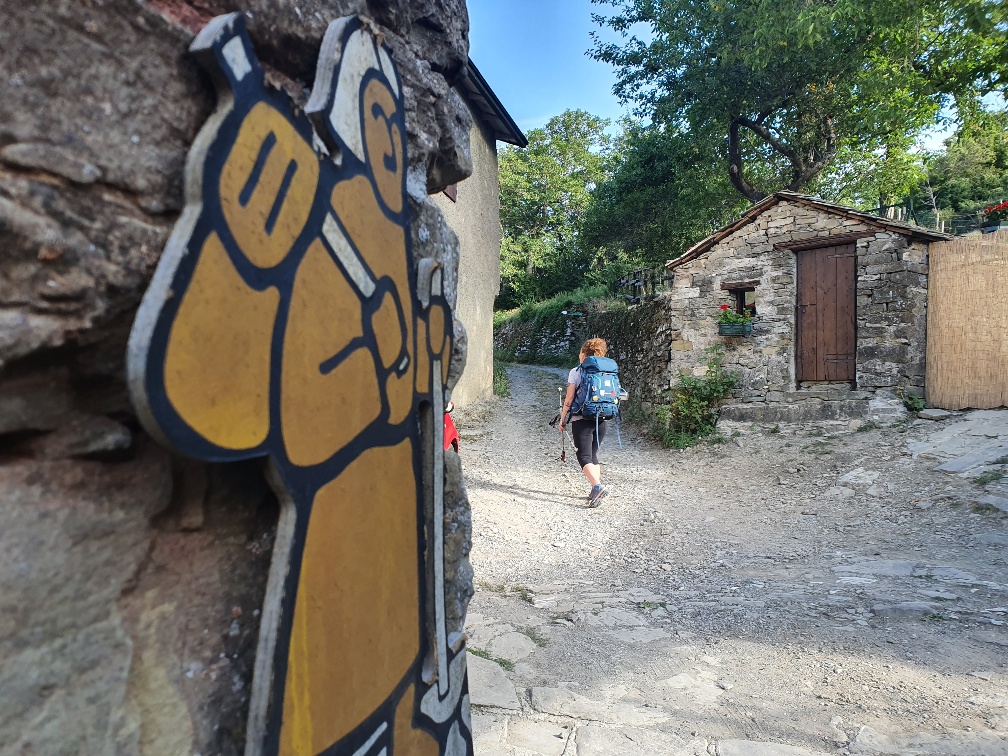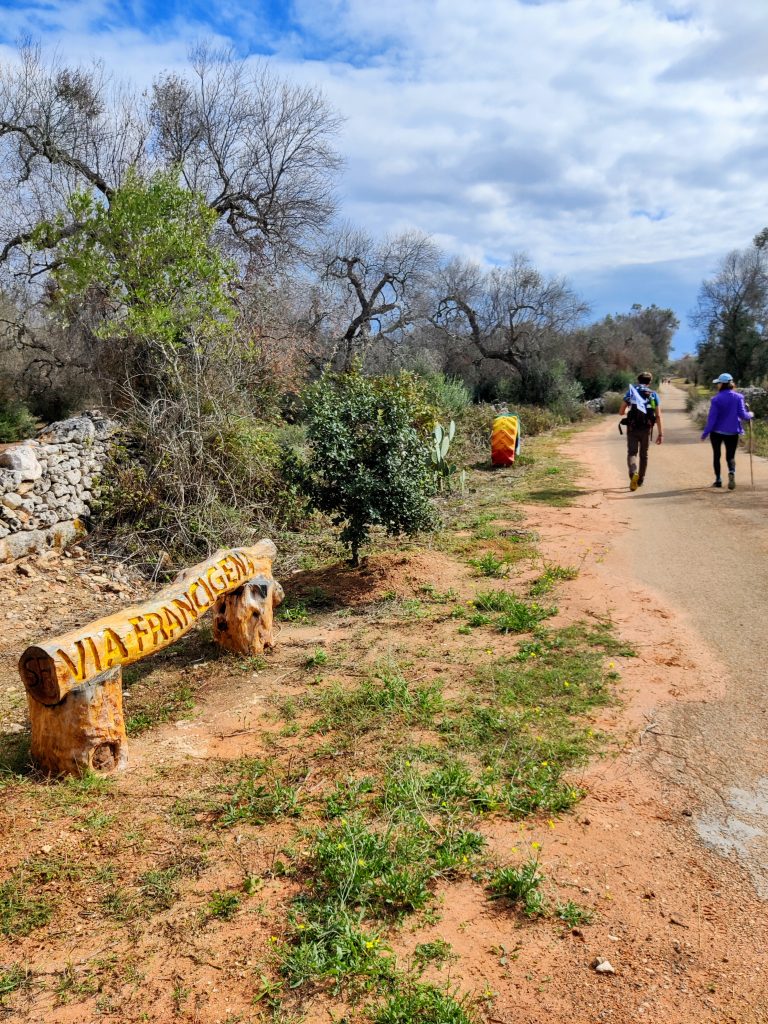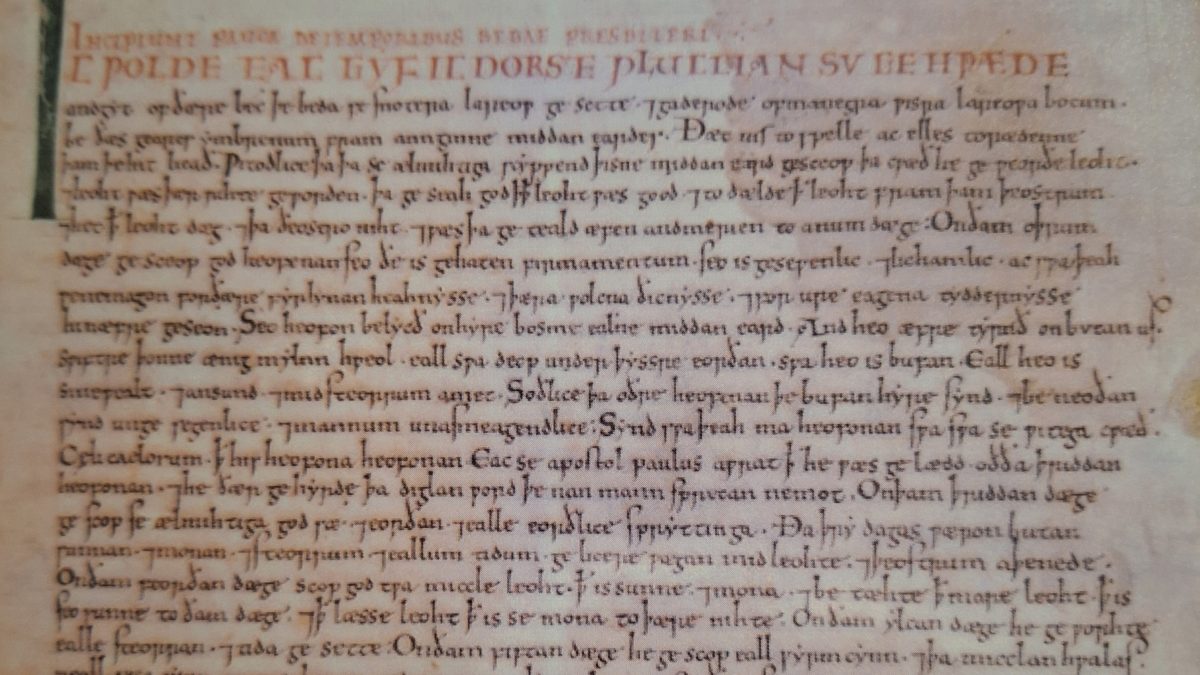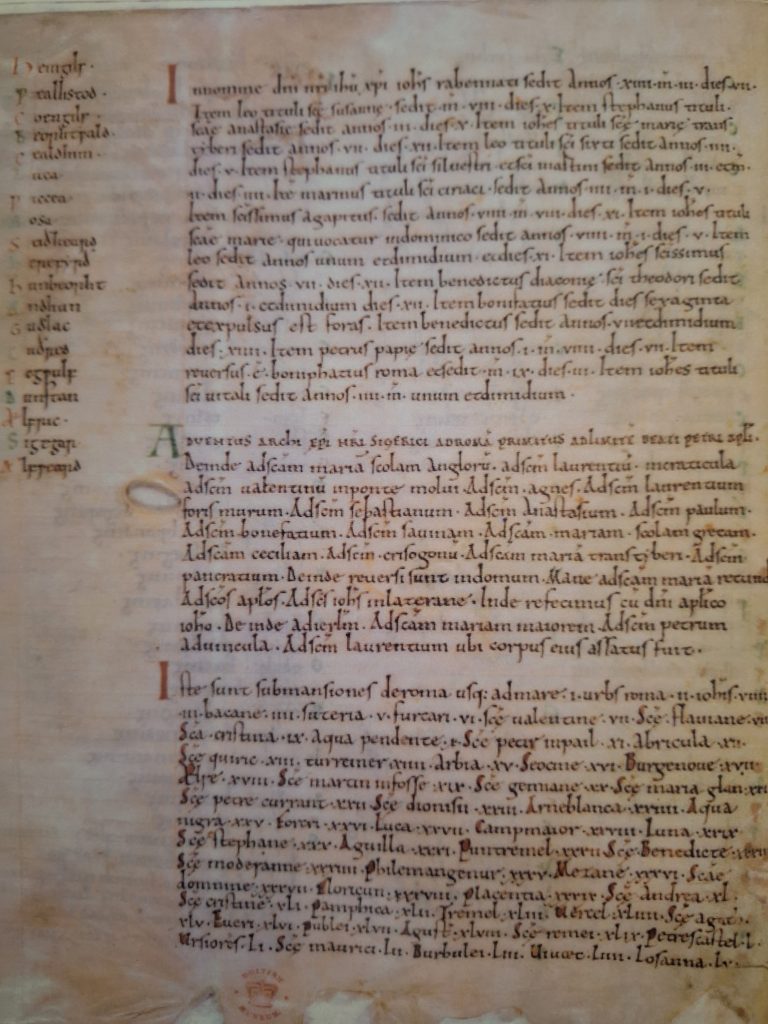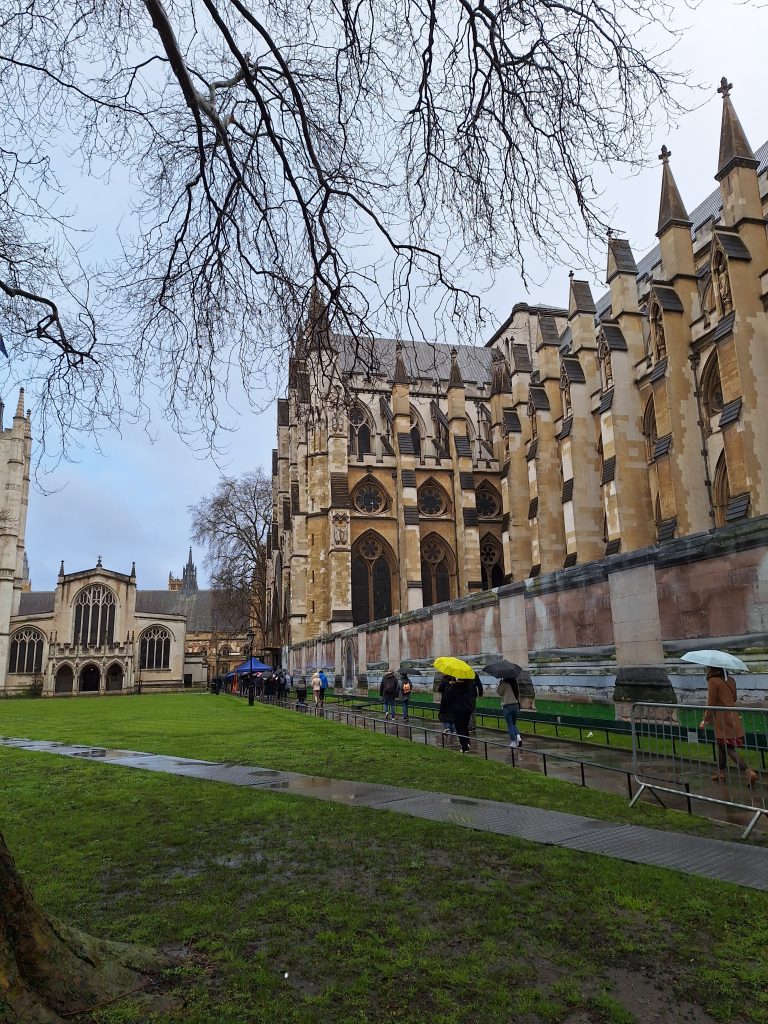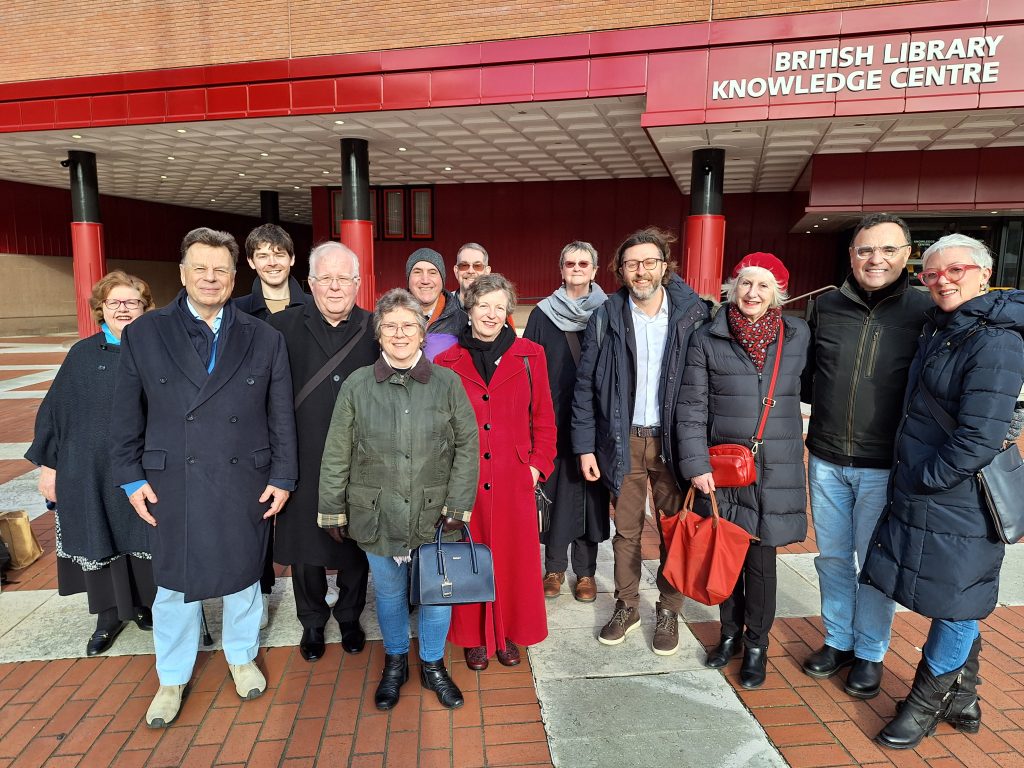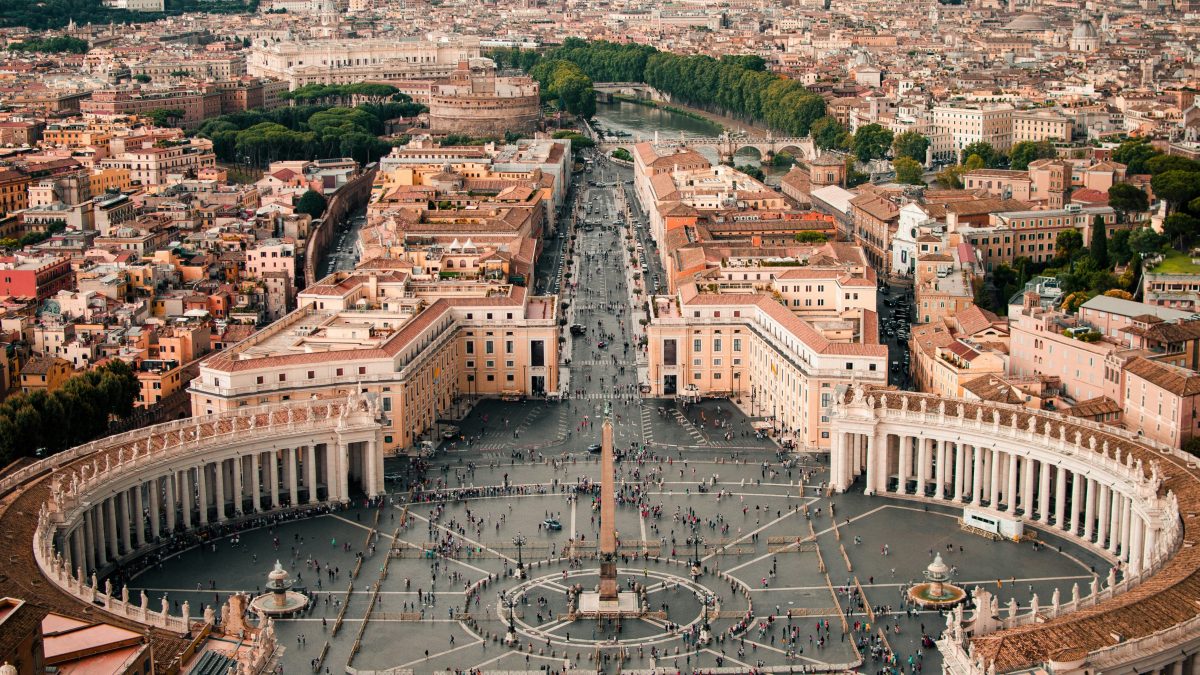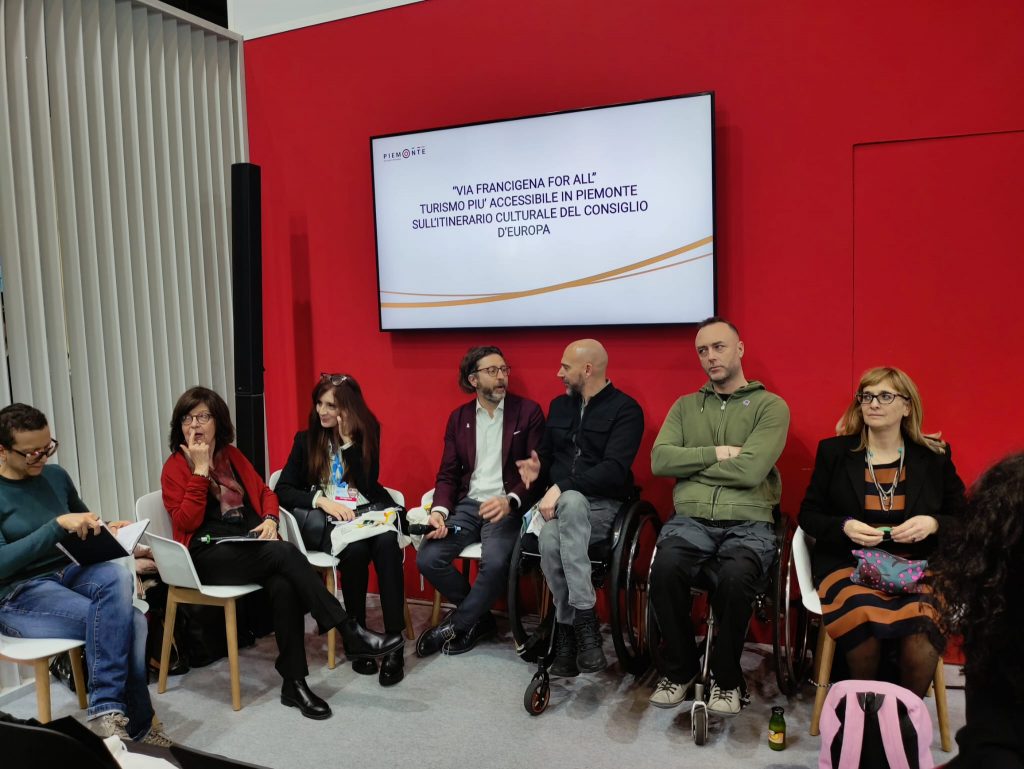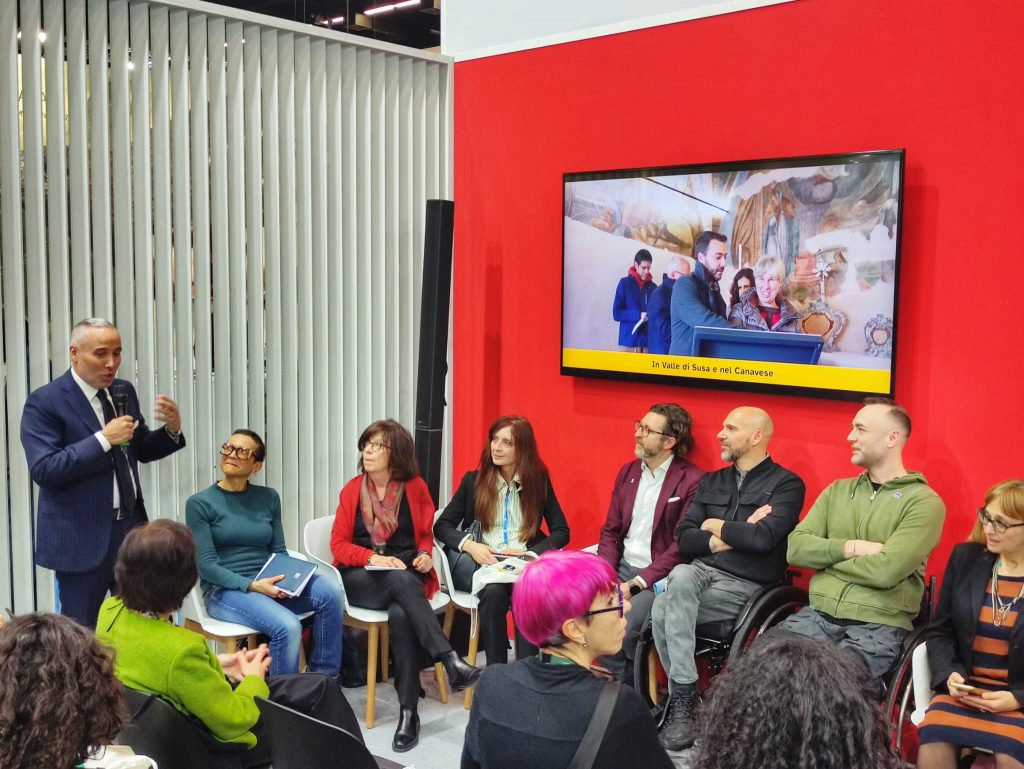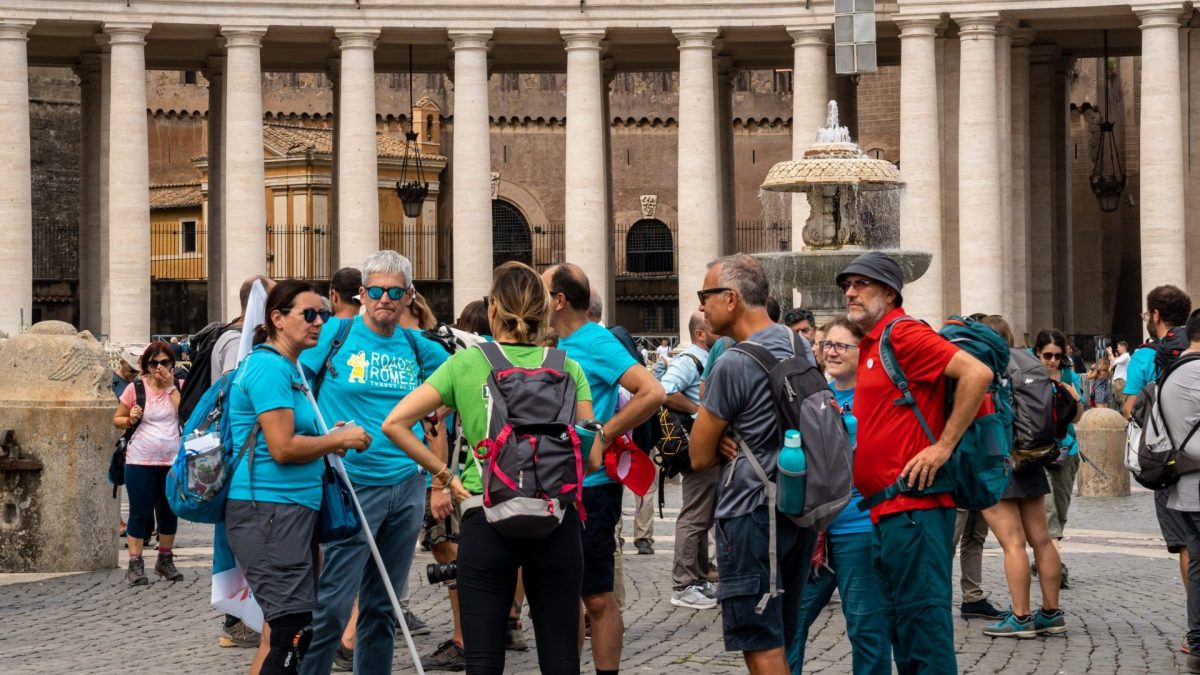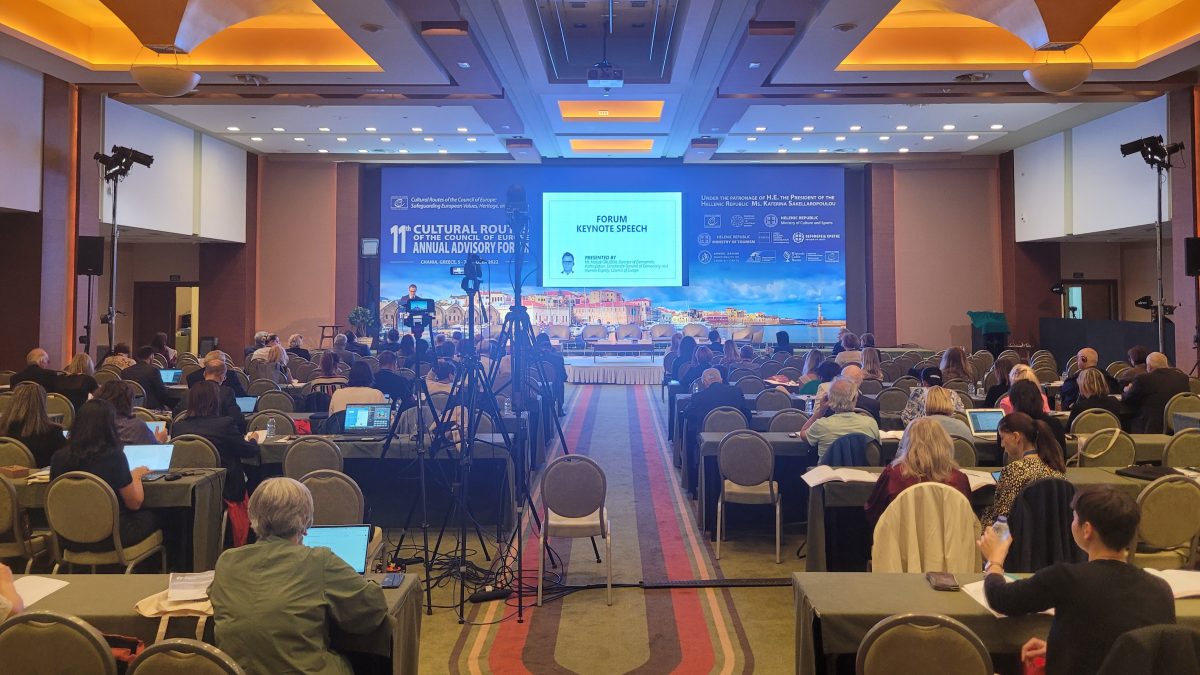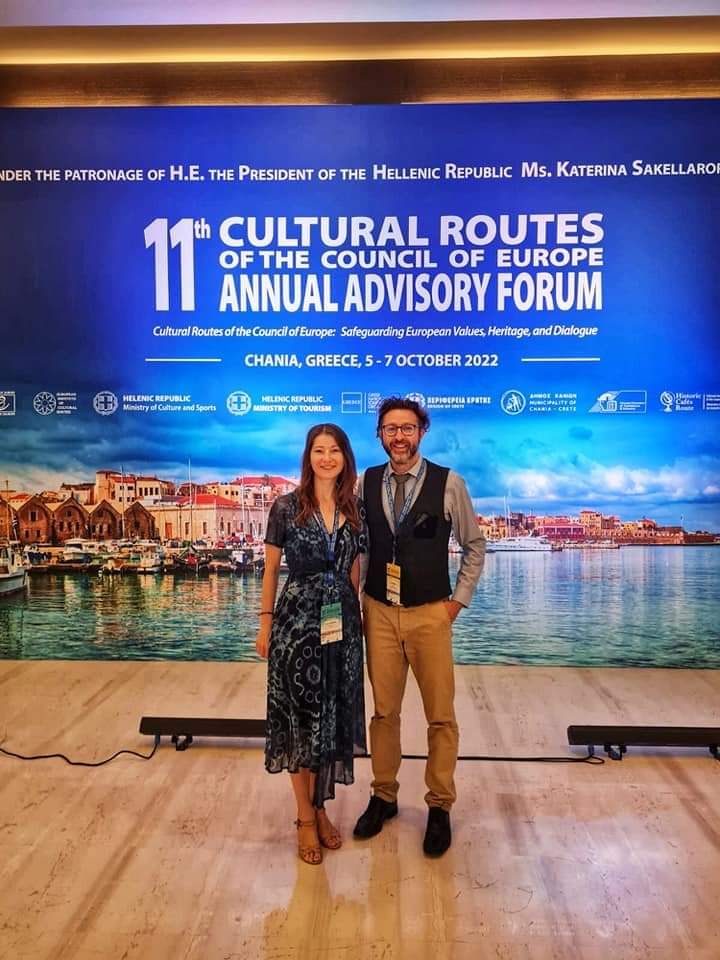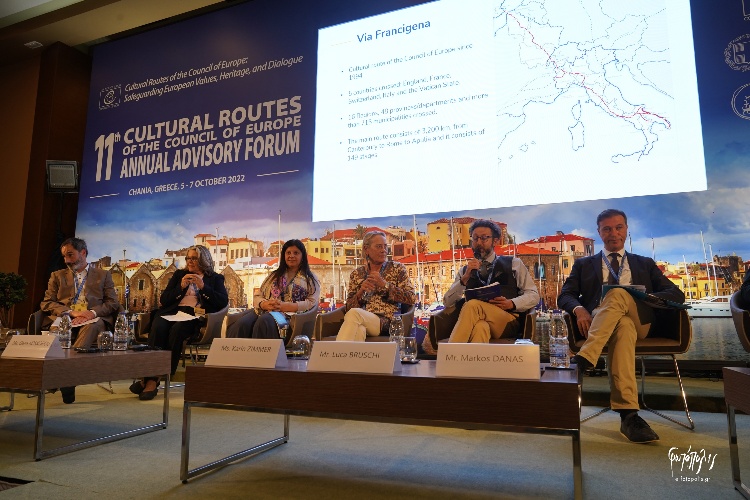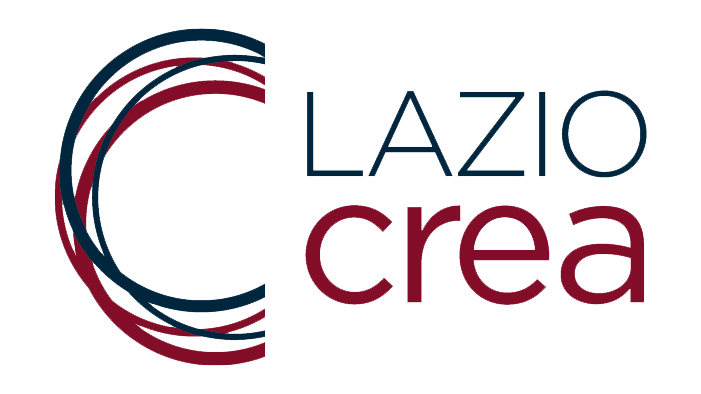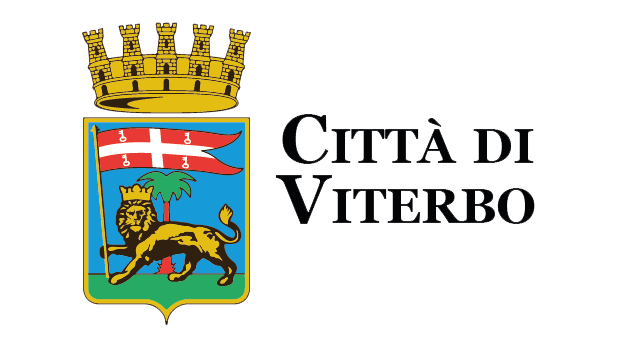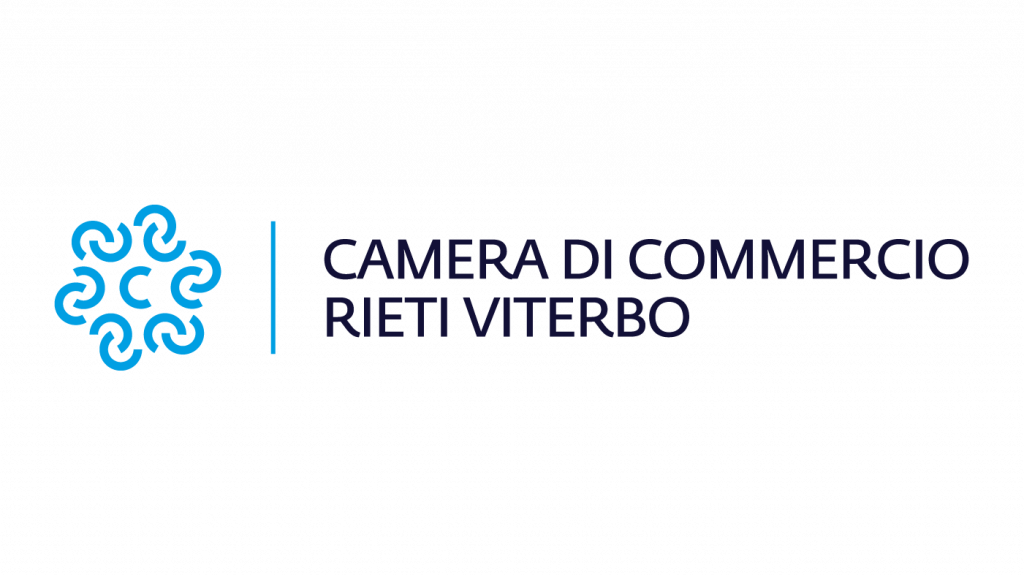The European Association of the Via Francigena ways (EAVF) and the Italian Ministry of Tourism signed a Memorandum of Understanding (MoU) aimed at promoting and enhancing the Via Francigena as a cultural and tourist itinerary of international relevance.
The MoU aims at consolidating the Via Francigena as a hub for slow tourism and pilgrimage in Italy and Europe, in line with the Strategic Tourism Plan 2023-2027. It aims thus to develop shared actions to structure, enhance, and promote the Via Francigena route at both national and international levels.
The Via Francigena, recognized as a Cultural Route by the Council of Europe in 1994, celebrates in 2024 thirty years since this prestigious European recognition. The application dossier was presented by the then Department of Tourism of the Presidency of the Council of Ministers, the Italian Ministry of Tourism, in agreement with the coordinating committee led by the Emilia-Romagna Region.
The 3,200 km route, which traverses England, France, Switzerland, and Italy, involves Italy for almost 2000 km along an axis that touches over 400 Municipalities, often located outside tourist circuits or rural areas. These so-called “minor” territories are interconnected thanks to the work of the EAVF, founded in 2001.
Among the objectives of the protocol is to disseminate, through the EAVF network, information and activities of the Ministry of Tourism, which has included the Via Francigena and the pilgrim routes as one of the main axes for the development of slow tourism in Italy.
At the heart of the agreement is a technical coordination action, especially with the Italian regions crossed by the Via Francigena and the involved local authorities, to activate and share projects related to the route, hospitality, and promotion, also in synergy with ENIT (the Italian State Tourist Office). The aim is to attract an increasingly international audience, considering that in 2023 pilgrims who walked the Via Francigena came from 55 countries and generated an economic impact of over 25 million euros in the territories.
Activities included in the protocol also concern communication through the portals of the Italian Ministry of Tourism and EAVF, allowing interoperability between the two channels. Finally, emphasis is placed on common projects in view of the Jubilee 2025.
As Minister Daniela Santanchè recalled during the two-day event she spent last year on the Via Francigena, walking for two stages in Tuscany: “The Via Francigena represents a great opportunity to showcase the rural areas, the inland areas, the villages, and the cultural sites of Italy and minor Europe. The Ministry of Tourism is working to enhance the route through an integrated system of promotion, communication, and signage. There is a great opportunity not to be missed, called Jubilee 2025. Let’s make the Via Francigena our Camino de Santiago, making it the backbone that gives life to the system of Italian routes.”
The signing of this Memorandum of Understanding, which will be presented in Milan at the inaugural conference of the Grandi Cammini Fair on March 22 during the “Fa’ la Cosa Giusta!” Fair in the presence of Minister Santanchè, represents a significant step towards the promotion and enhancement of the Via Francigena as an important tourism and cultural resource, consolidating the collaboration between the European Association of the Via Francigena and the Ministry of Tourism.
The signing of the Memorandum at the inaugural conference of the Grandi Cammini Fair in Milan on March 22nd, coinciding with the “Fa’ la Cosa Giusta!” Fair, marks a significant step forward. In the presence of Minister Santanchè, this MoU strengthens collaboration between the European Association of Via Francigena ways and the Italian Ministry of Tourism, promoting and enhancing the Via Francigena as a key cultural and tourism resource.
Rome, March 21, 2024
